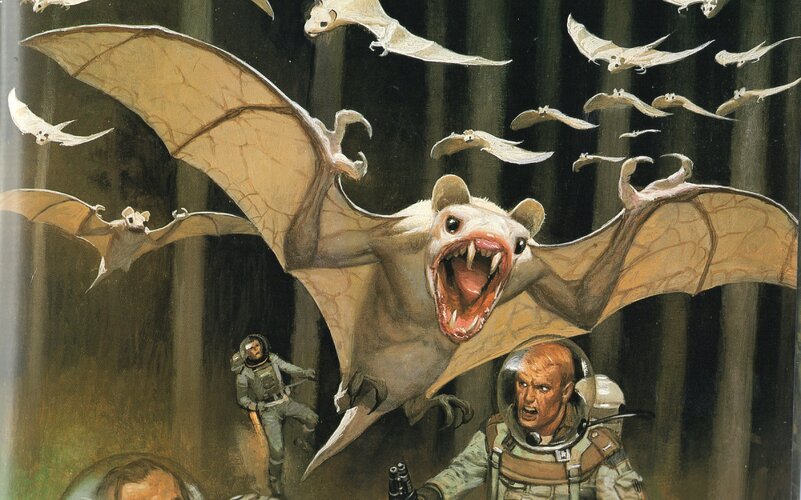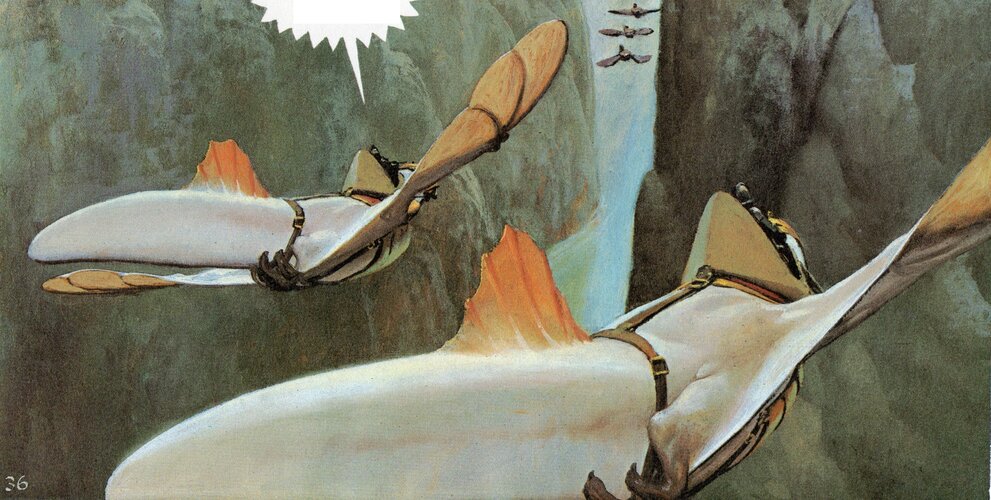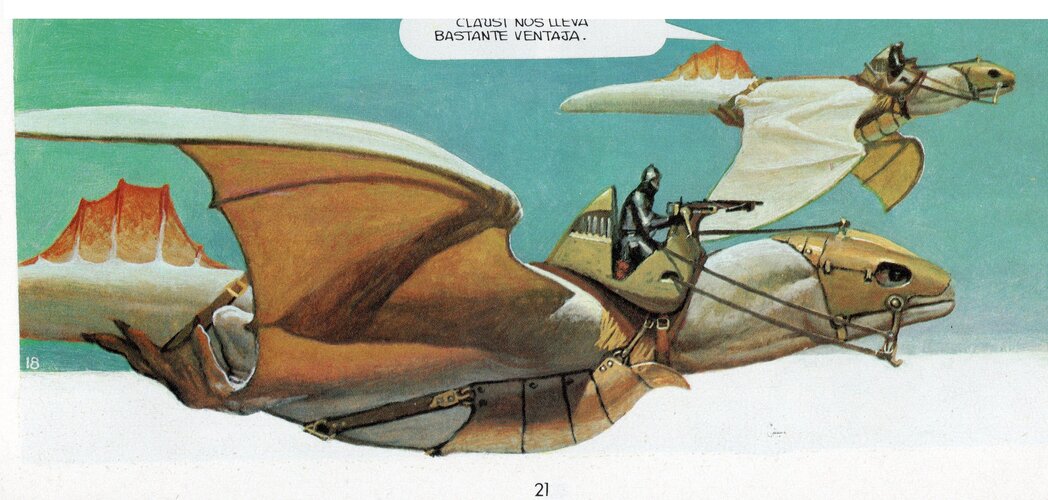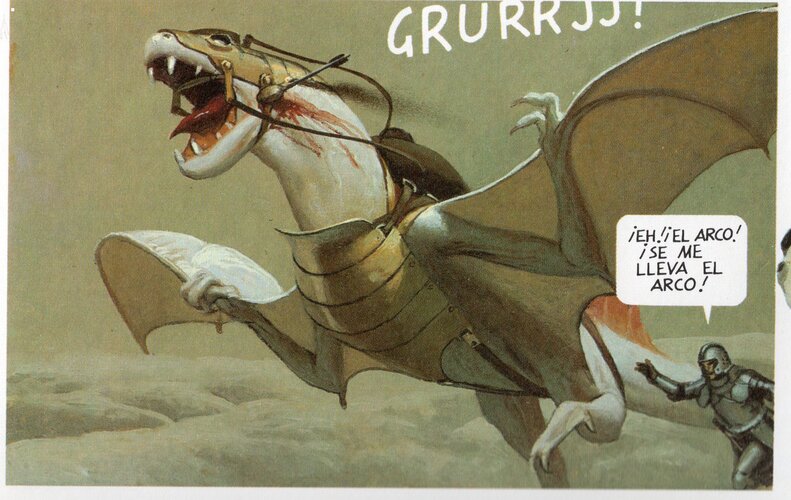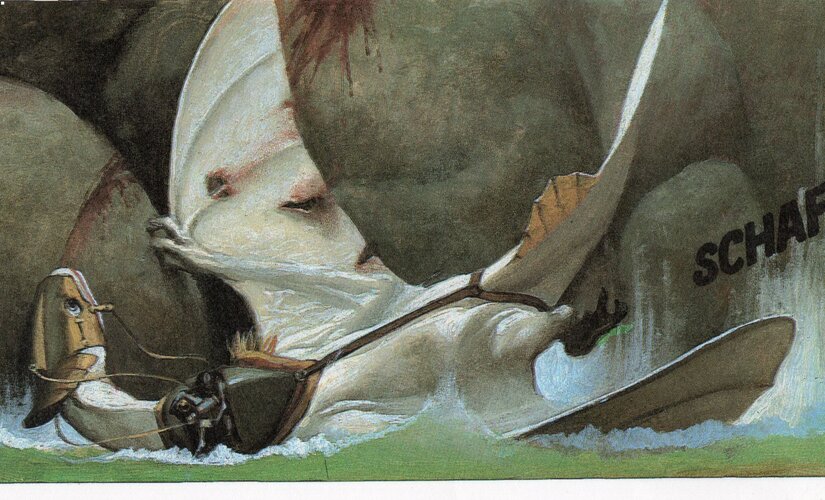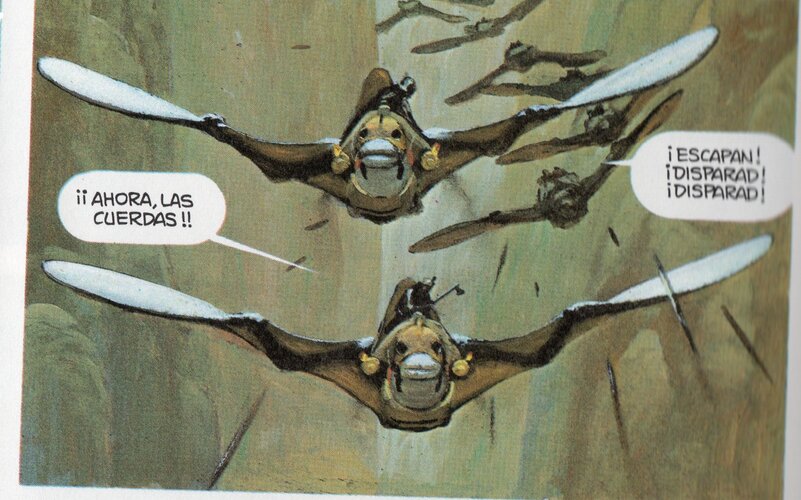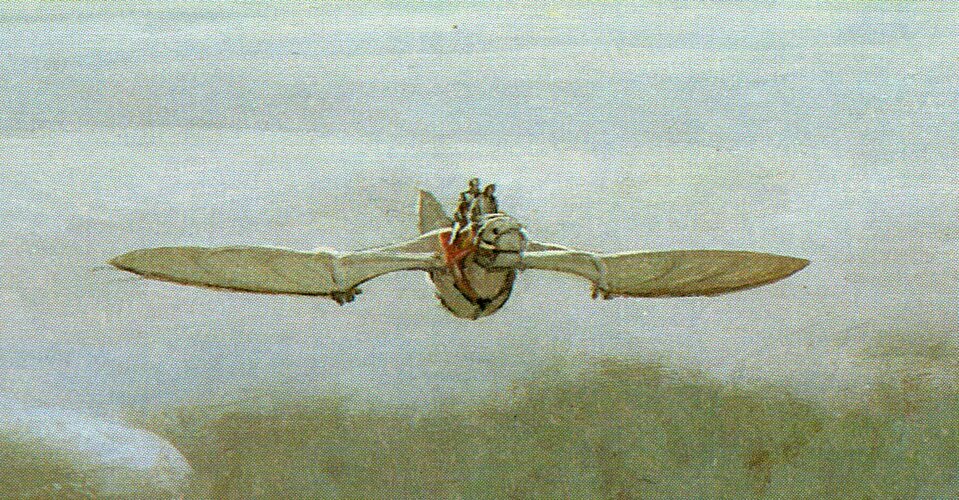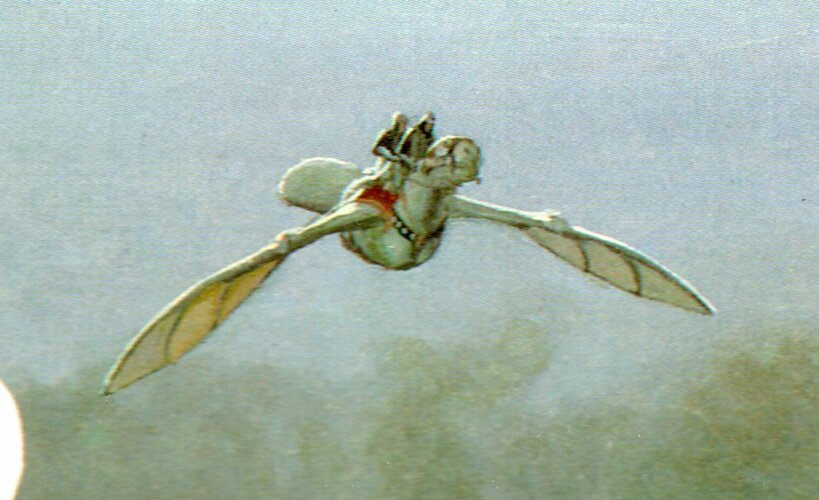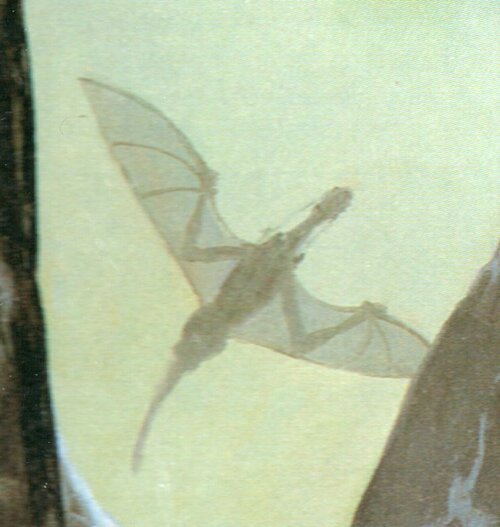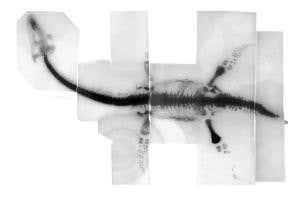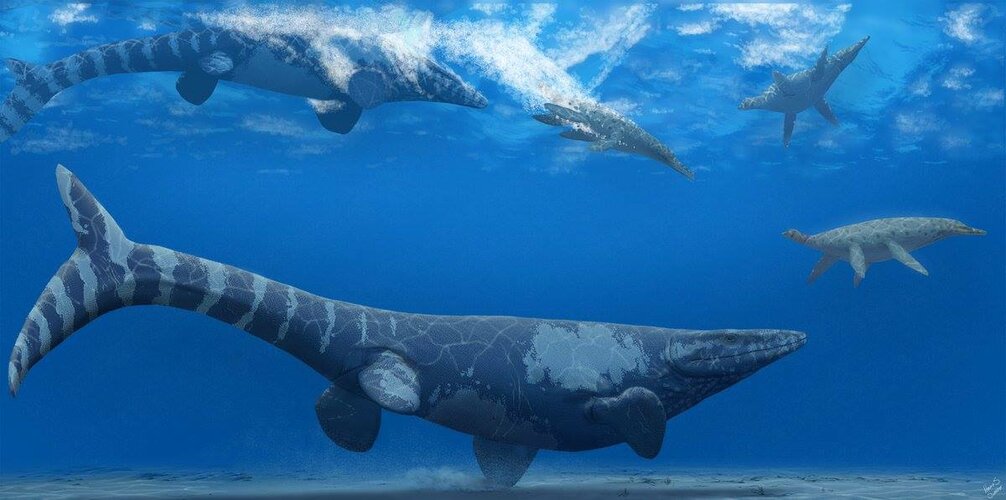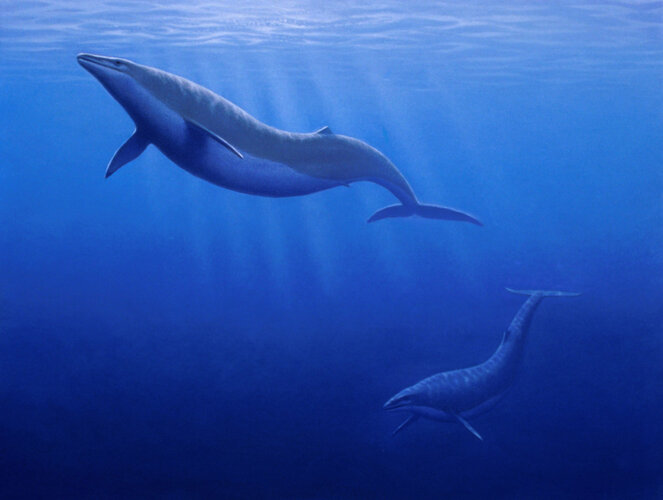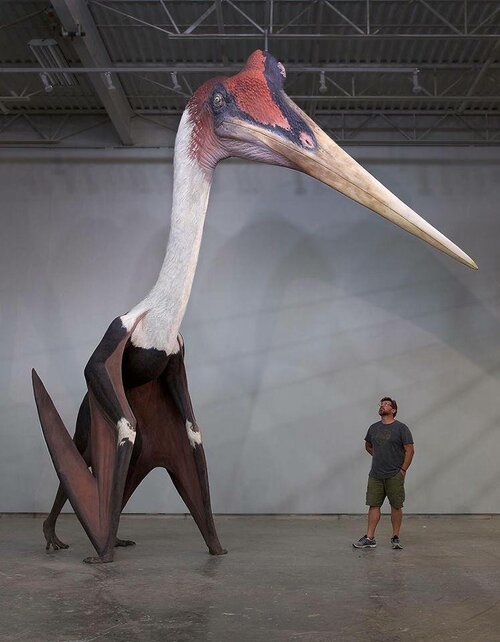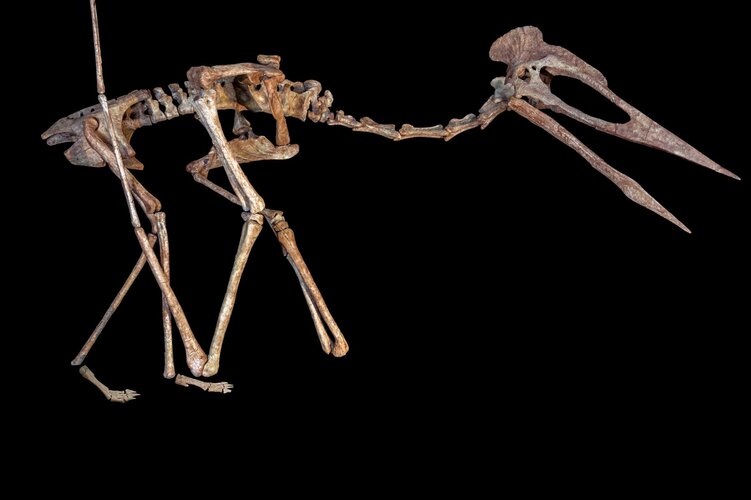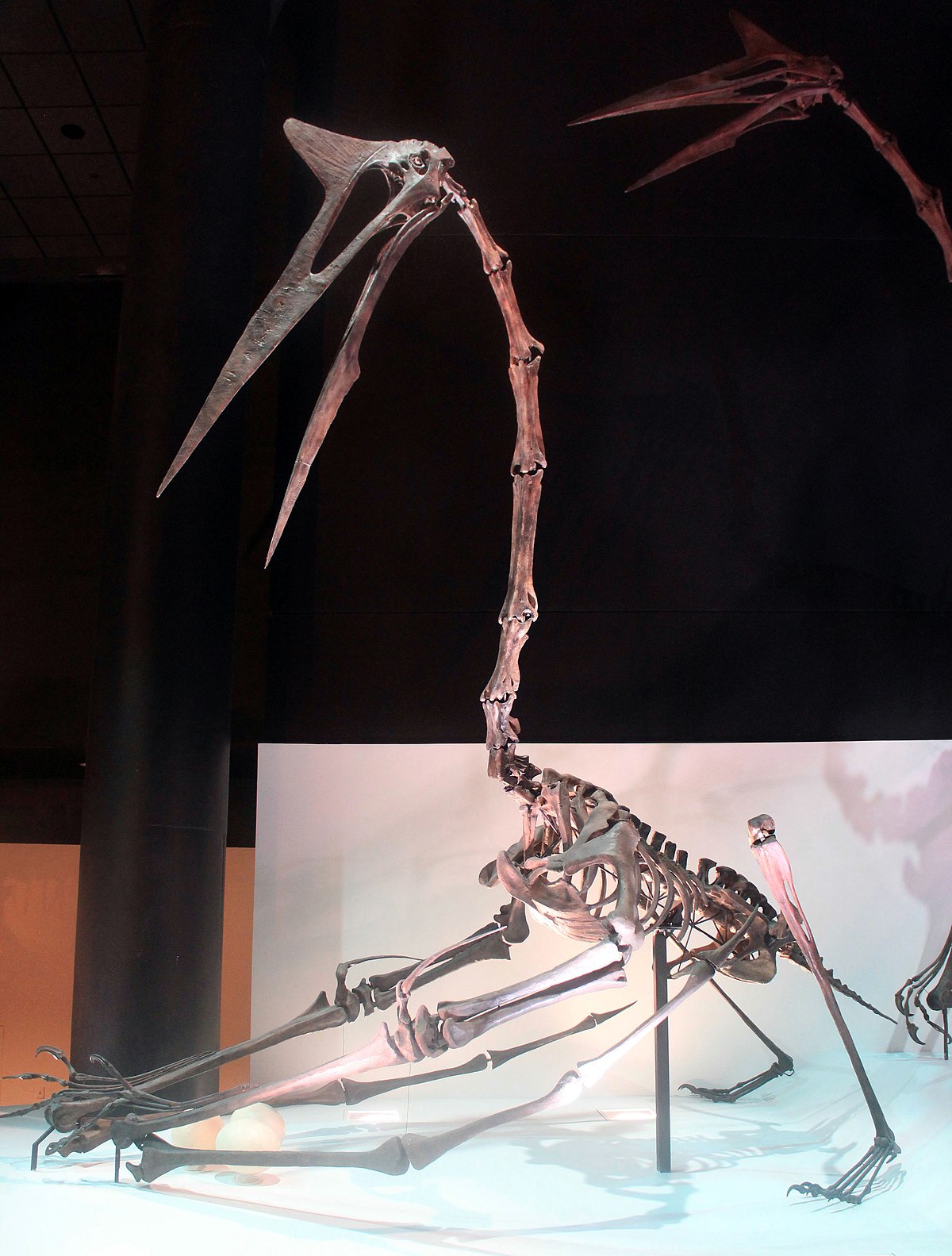Whenever I see an animation of flying or swimming extinct animals they look wrong to me, unlike most simulated walking animals which look pretty natural. Palaeontologist are discussing animal behaviour and flight techniques based on existing animals and muscle distribution, but rarely on CFD. I know it would be very complex to combine a FEM model for the skeleton and the muscles with a soft, morphing outer geometry and CFD Simulation, but it would be a nice scientific project to create a self-optimizing model of a Ptetosaur or Meganeura and see, how they flew. An insect like Meganeure would be a good starting point, because it will be simpler for modelling because of its rigid body elements.
I’m not deep enough into this topic, but maybe that idea inspires someone to start a research project (even with my taxpayer money) for this.
I’m not deep enough into this topic, but maybe that idea inspires someone to start a research project (even with my taxpayer money) for this.

